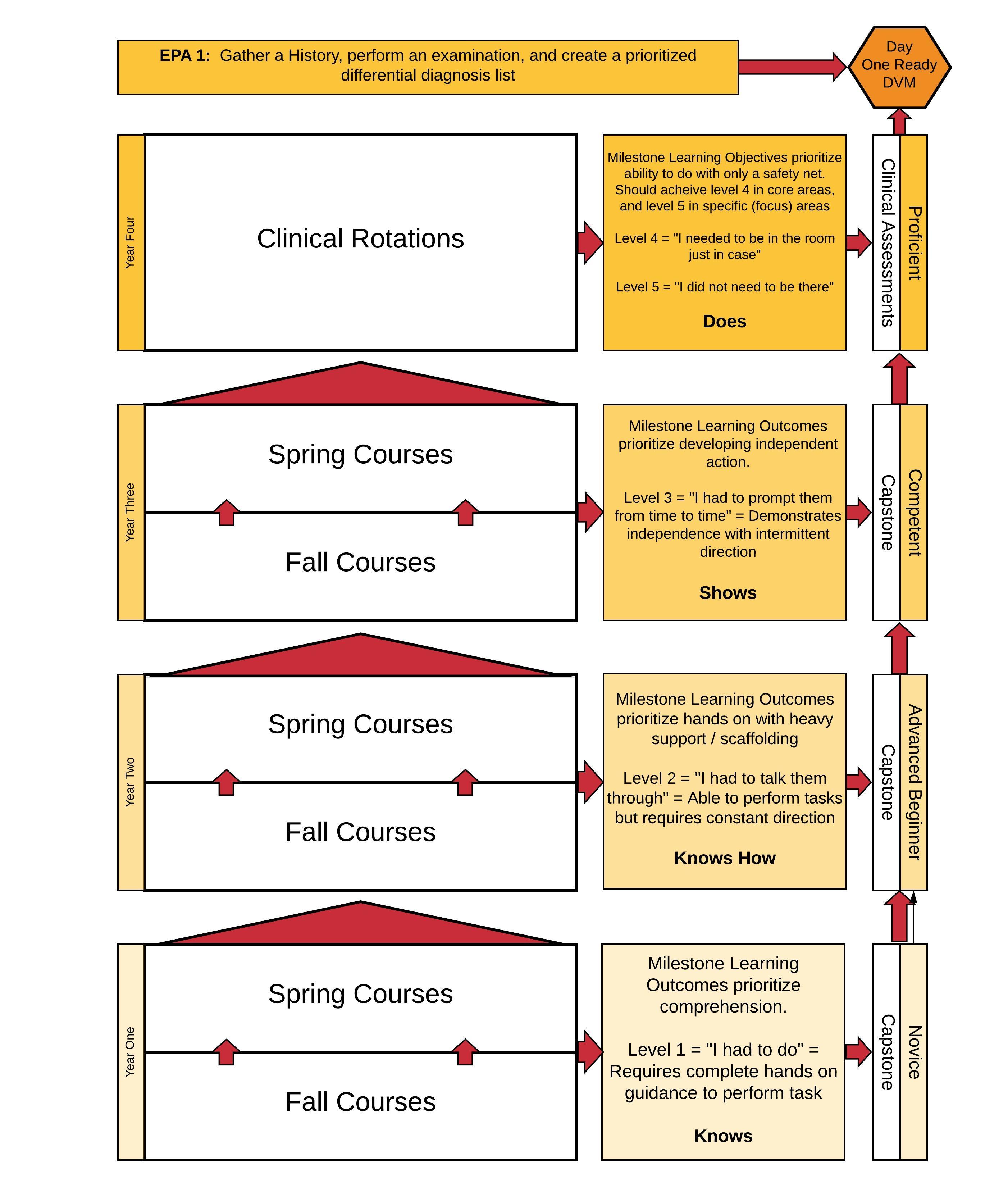Curriculum Mapping
Course coordinators require an effective method of mapping and integrating content between courses for curricular planning. Unnecessary redundancy and content that does not support completion of curricular learning goals should be avoided. These requirements necessitate the establishment of a curricular map that aligns content progression vertically such that the needs of each course are met by the courses that came before. This map should serve as a primary reference for future content changes within years and courses, while also being accessible enough for students and faculty alike to review it and understand where their learning / teaching fits into the curriculum.
Our curriculum mapping includes two general processes. The first is to take a “snapshot” of the current curriculum by tracking what is being taught where and when. This process is currently in action.
Snapshot
Alignment
The second process is to adapt the shape of the existing curriculum and resources to meet the chosen outcomes of the new
curriculum. Re-alignment affords us an opportunity to make the integration of course content within and between years more effective from a learning and teaching perspective.
The image to the right is an example of what aligning the curriculum by EPAs may look like.
Discussion Point: Systems, Disease, Species, EPA, Competency…What’s the “Best” path for alignment?
Making decisions about where and when a course or topic should be taught requires a set of prioritizing guidelines for organizing curricular content. There are many options available for this purpose.
Part of the Stage 2 mission will include determining which system of categorization will have priority.


